Communications and Network
by Thatphong panueng

1. Communications
1.1. Sending device
1.2. Communications channel
1.3. Receiving device
2. Communications Software
2.1. Help users establish a connection to another computer or network
2.2. Manage the transmission of data, instructions, and information
2.3. Provide an interface for users to communicate with one another
3. Communications Over the Telephone Network
3.1. Dial-up lines
3.2. Dedicated line
3.3. ISDN line
3.4. DSL
3.5. FTTP
3.6. T-carrier line
3.7. ATM
4. Communications Devices
4.1. DSL modem
4.1.1. A wireless modem uses the cell phone network to connect to the Internet wirelessly from a notebook computer, a smart phone, or other mobile device
4.2. Cable modem
4.2.1. A router connects multiple computers or other routers together and transmits data to its correct destination on a network
4.2.2. A hub or switch connects several devices in a network together
5. Home Networks
5.1. Connect to the Internet at the same time
5.2. Share a single high-speed Internet connection
5.3. Access files and programs on other computers
5.4. Share peripherals
5.5. Play multiplayer games
5.6. Connect game consoles to the Internet
5.7. Subscribe to and use VoIP
6. Wireless Transmission Media
6.1. Cellular radio is a form of broadcast radio that is used widely for mobile communications
6.2. Microwaves are radio waves that provide a high-speed signal transmission
6.3. A communications satellite is a space station that receives microwave signals from an earth-based station, amplifies it, and broadcasts the signal over a wide area
7. Summary
7.1. Overview of communications terminology and applications
7.2. How to join computers into a network
7.3. Various communications devices, media, and procedures
8. Opjectives Overview
8.1. Discuss the purpose of the components required for successful communications and identify various sending and receiving devices
8.2. Describe the uses of computer communication
8.3. List advantages of using a network, and differentiate among LANs, MANs, and WANs
8.4. Differentiate between client/server and peer-to-peer networks, and describe how a P2P network works
8.5. Differentiate among a star network, bus network, and ring network
8.6. Describe the various network communications standards
9. Uses of Computer Communications
9.1. Blogs
9.2. E-mail
9.3. Fax
9.4. Web
9.5. Internet
9.6. Video conferencing
10. Networks
10.1. Facilitating communications
10.2. Sharing hardware
10.3. Sharing data and information
10.4. Sharing software
10.5. Transferring funds
11. Network Communications Standards
11.1. Ethernet
11.2. Token ring
11.3. New node
11.4. TCP/IP
11.5. Wi-Fi
11.6. New node
11.7. Bluetooth
11.8. UWB
11.9. IrDA
11.10. RFID
11.11. New node
11.12. WiMAX
11.13. WAP
12. Communications Channel
12.1. The amount of data that can travel over a communications channel sometimes is called the bandwidth
12.2. Latency is the time it takes a signal to travel from one location to another on a network
12.3. Transmission media carries one or more signals
12.4. Broadband media transmit multiple signals simultaneously
13. Physical Transmission Media
13.1. Twisted-pair cable
13.2. Coaxial cable
13.3. Fiber-optic cable


